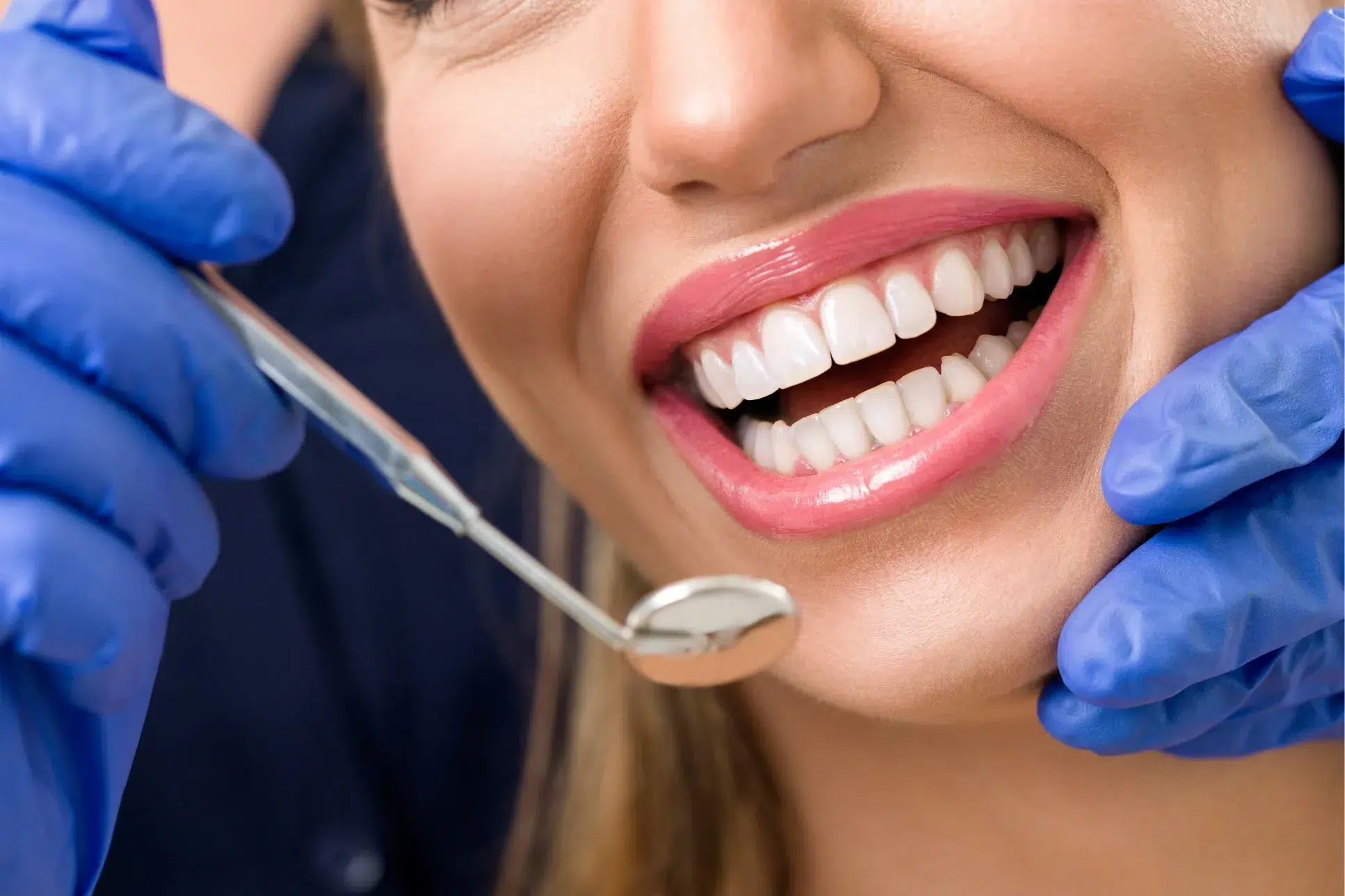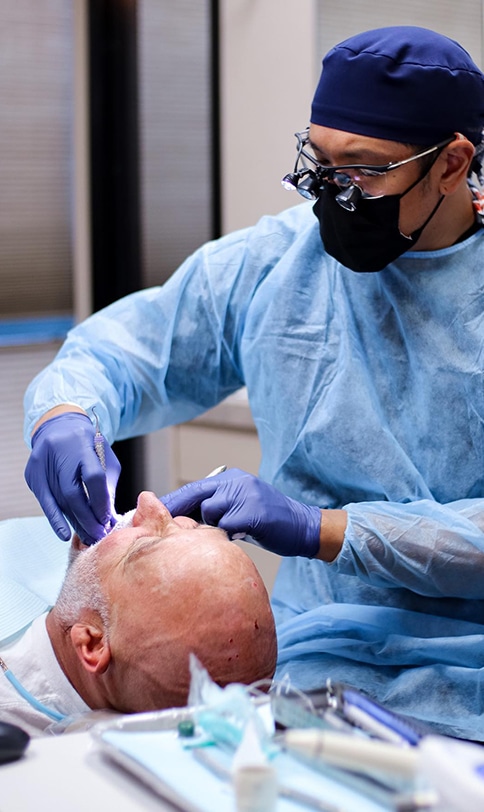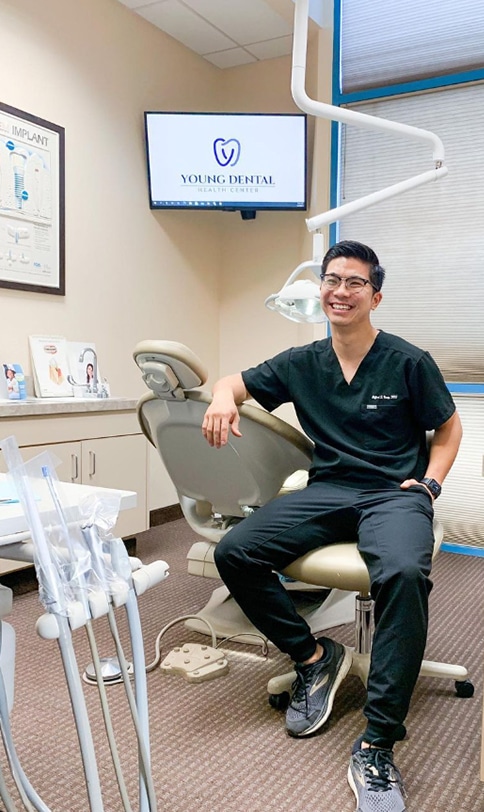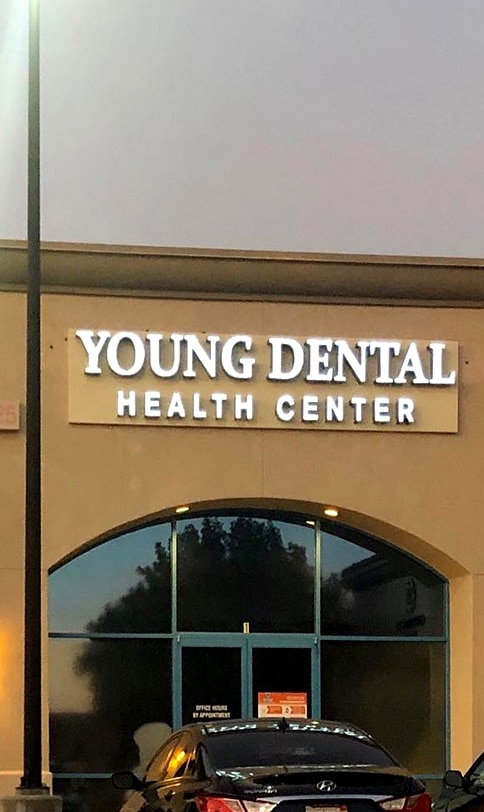E-mail Us
What Is The Difference Between Cosmetic And Restorative Dentistry?

Your smile is a powerful tool. It can light up a room, convey confidence, and make a lasting impression. But what if you’re not entirely happy with the way your teeth look? Here’s where the world of dentistry comes in, offering a range of treatments to address both the health and appearance of your smile. But with terms like “cosmetic” and “restorative” dentistry thrown around, it can be confusing to know which one you need. Fear not, because this blog will be your guide, unveiling the key differences between these two branches of dentistry and helping you achieve your dream smile.
The Art of Restoration: Functionality First
Restorative dentistry, as the name suggests, focuses on restoring the health, function, and structure of your teeth and mouth. It’s like the foundation upon which a beautiful smile is built. Common restorative procedures address a variety of issues, including:
- Cavities: Those pesky holes caused by tooth decay are tackled with fillings, which come in various materials like tooth-colored composite resin.
- Cracked or broken teeth: Depending on the severity, dentists might use fillings, crowns (caps placed over teeth), or inlays/onlays (fillings that extend beyond the cusp of the tooth) to repair the damage and restore functionality.
- Missing teeth: The gap left behind by a missing tooth can be a functional and aesthetic concern. Restorative dentistry offers solutions like bridges (anchored by neighboring teeth), dentures (removable replacements for multiple teeth), or dental implants (artificial tooth roots topped with crowns for a natural look and function).
- Gum disease: This inflammatory condition can damage the gums and bone supporting your teeth. Restorative treatments like scaling and root planing (deep cleaning) aim to remove infection and prevent further tooth loss.
The Science of Beauty: Enhancing Your Smile
Cosmetic dentistry, on the other hand, prioritizes the aesthetics of your smile. It’s all about creating a pearly white, even, and dazzling grin that boosts your confidence. Think of it as the artistic touch that complements the strong foundation laid by restorative dentistry. Popular cosmetic procedures include:
- Teeth whitening: This is a popular option for removing stains and discoloration, leaving your teeth brighter and more youthful-looking. There are in-office whitening treatments performed by dentists and at-home whitening kits available.
- Dental veneers: These are thin shells of porcelain or composite resin bonded to the front surface of your teeth. Veneers can address chips, cracks, discoloration, gaps, misalignment, and uneven tooth size.
- Dental bonding: Similar to veneers, bonding uses tooth-colored resin to repair minor chips, cracks, or gaps in teeth. It’s a less expensive option compared to veneers but may not be as durable.
- Gum contouring: This procedure reshapes your gum line for a more symmetrical and aesthetically pleasing smile. It can be done with lasers or surgical techniques.
- Clear aligners: While primarily used for orthodontic treatment (straightening teeth), clear aligners like Invisalign can also enhance the overall look of your smile by correcting minor misalignments.
The Overlap: When Function and Beauty Meet
Sometimes, the line between restorative and cosmetic dentistry gets blurry. Certain procedures offer a dual benefit, addressing both functional and aesthetic concerns. For instance:
- Dental crowns: While primarily used to restore strength and functionality to severely damaged teeth, crowns can also improve the appearance of misshapen or discolored teeth.
- Dental implants: Implants not only replace missing teeth and restore chewing function, but they also create a natural-looking and stable foundation for a beautiful smile.
Making the Choice: Your Unique Needs
The best way to determine whether you need cosmetic or restorative dentistry is to consult with a dentist. They will conduct a thorough examination, discuss your concerns and goals, and recommend the most suitable treatment plan. Here are some additional factors to consider:
- Urgency: Restorative procedures often address dental problems that can worsen if left untreated. Cosmetic procedures, on the other hand, are elective.
- Symptoms: Are you experiencing pain, sensitivity, or difficulty chewing? These point towards a need for restorative dentistry.
- Budget: Cosmetic procedures tend to be more expensive than restorative treatments. Dental insurance typically covers some restorative procedures but may not cover cosmetic ones.
The Takeaway: A Smile You Can Be Proud Of
Ultimately, both cosmetic and restorative dentistry play a crucial role in achieving and maintaining a healthy and beautiful smile. Whether you prioritize functionality or aesthetics, there’s a dental solution waiting for you. Remember, a confident smile starts with a healthy foundation. So, consult your dentist, explore your options, and unlock the power of your perfect smile!









